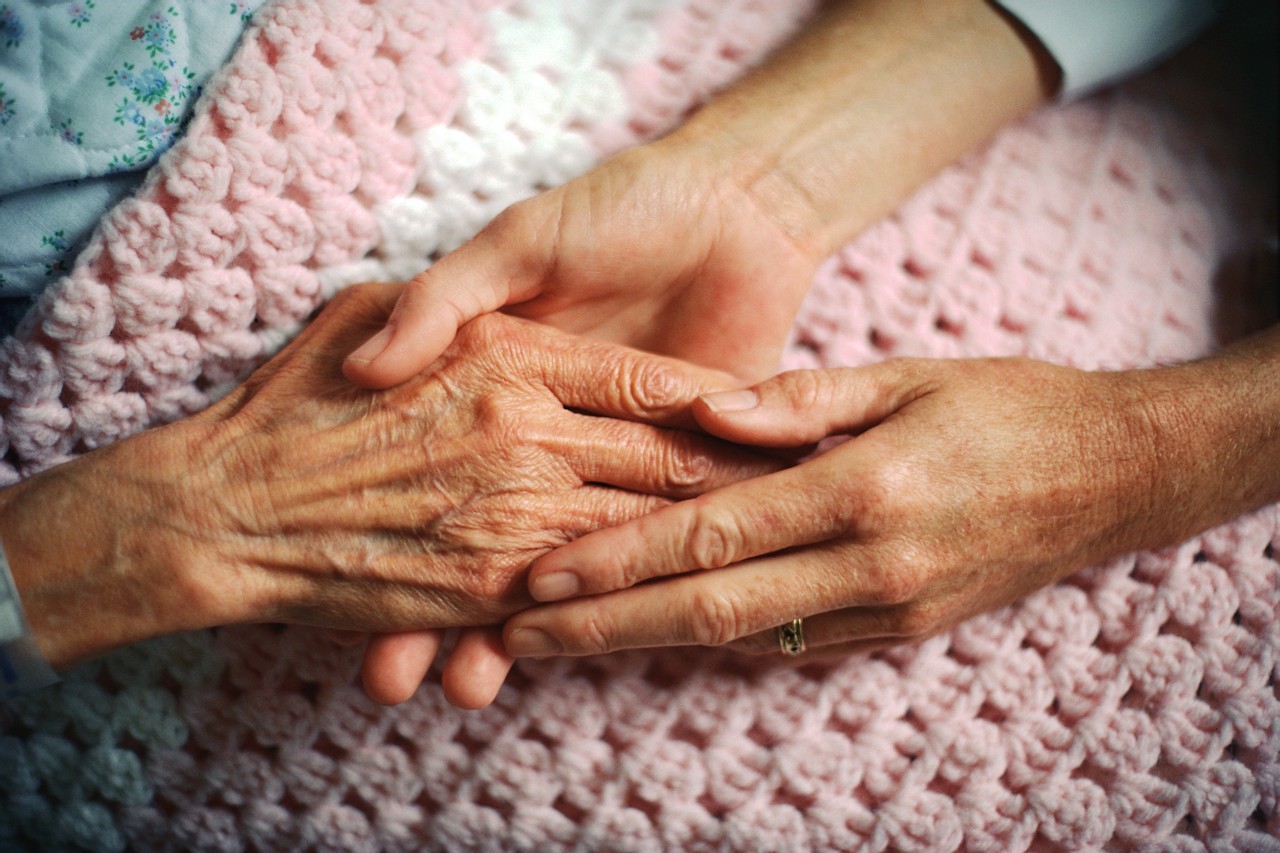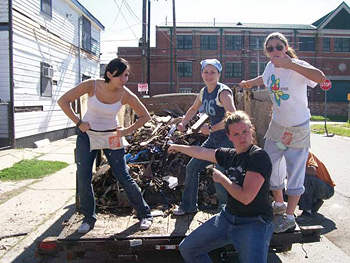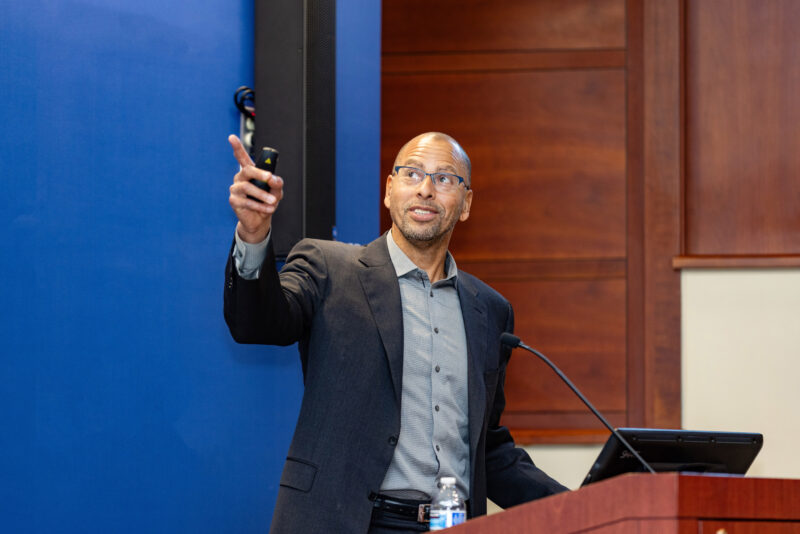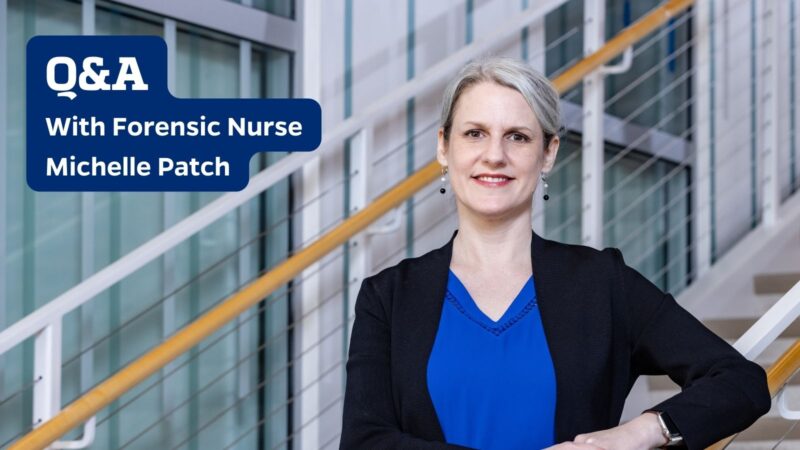![]() In my years as a nurse practitioner providing house calls to homebound older adults and their families, some of the most poignant experiences I have had are with the families of completely paralyzed older adults.
In my years as a nurse practitioner providing house calls to homebound older adults and their families, some of the most poignant experiences I have had are with the families of completely paralyzed older adults.
In one particular family, the “successful” children had moved up and out of the under resourced, chaotic neighborhood in which the family had lived for decades. The remaining child, a 50-year-old woman, was taking care of their mother who had been completely paralyzed by a stroke years earlier. This caregiver told me she had never completely gotten her life together, reported that she had had issues with substance abuse. She said her siblings held jobs; one was a teacher and the other an employee at the local Blue Cross Insurance Company.
She clearly felt deserted by them, and they likely felt guilty that they were doing less than their sister – but also proud that they had launched themselves.
The care the grown child provided for her mother was outstanding. This was a woman who was 75 and completely  bedbound, incontinent, with no ability to move on her own. Yet she had no bedsores, her skin was beautifully moisturized and the daughter spent time with her throughout the day, talking to her and asking her questions, even though I never discerned any emotion or response from the mother.
bedbound, incontinent, with no ability to move on her own. Yet she had no bedsores, her skin was beautifully moisturized and the daughter spent time with her throughout the day, talking to her and asking her questions, even though I never discerned any emotion or response from the mother.
When I asked the daughter about how hard it was and how she got through the hard times, she replied that her mother had given her life and “raised her up.” Now, she said, it was her turn to take care of her mother.
In the United States, the National Family Caregivers Association reports that more than 65 million people provide care for a chronically ill, disabled or older family member or friend. Although it has always been part of the human experience, family caregiving is increasingly an issue of public health concern. Consider this: half of the 65-year-old humans ever to live on this earth are alive now. This number is increasing as 10,000 people turn 65 each day in the United States alone. Older adults increasingly live with chronic conditions that might have killed them in previous years (for example, it is routine for people today to recover from heart attacks, strokes and cancer that would have killed them in years past). And more women are in the paid workforce now than in the past, leaving fewer caregivers at home available to give care.
All that conspires to make caregiving a major public health issue and fiscal concern, as family caregivers are often the only thing that stands between an inexpensive home experience and an expensive nursing home placement. With the average nursing home costing $75,000 per year and the population of older adults at 40 million, the ability to support family caregivers with time off, supplies, support and knowledge may be the crucial difference between families feeling they are manageably fulfilling their obligations of human connection and families giving up and contributing to an expensive tsunami of nursing home care.
In the family of the paralyzed woman, there was tension and judgment on each sibling’s part as to the care and intentions of the others. This is sadly often the case in families with relentless caregiving needs in which one sibling is providing more care than another.
If, as a country, we can support all the siblings, then the working siblings could take time off and provide respite to the sister they judged for her “lack of a life.”
This blog was originally published by the Robert Wood Johnson Foundation’s Human Capital Blog.





